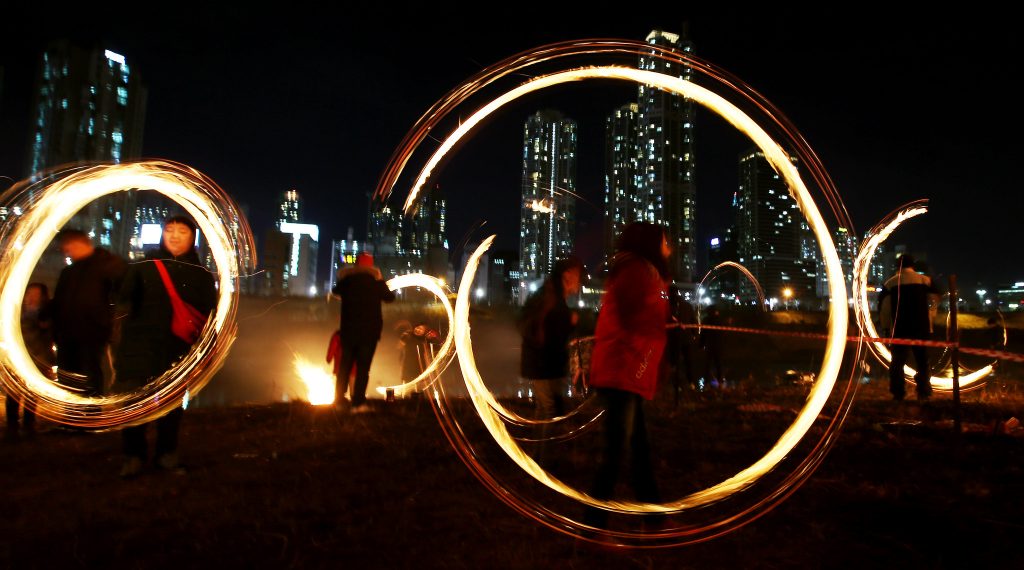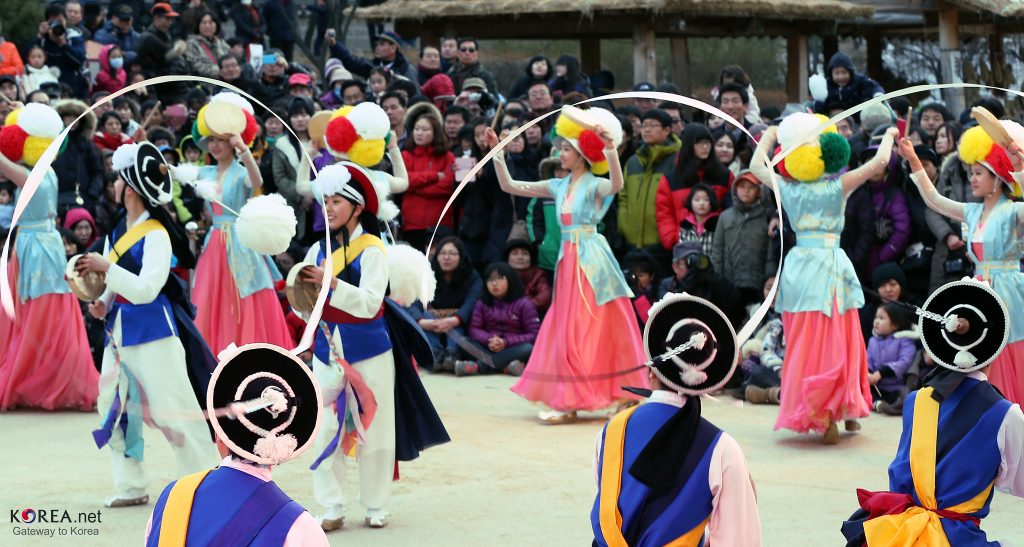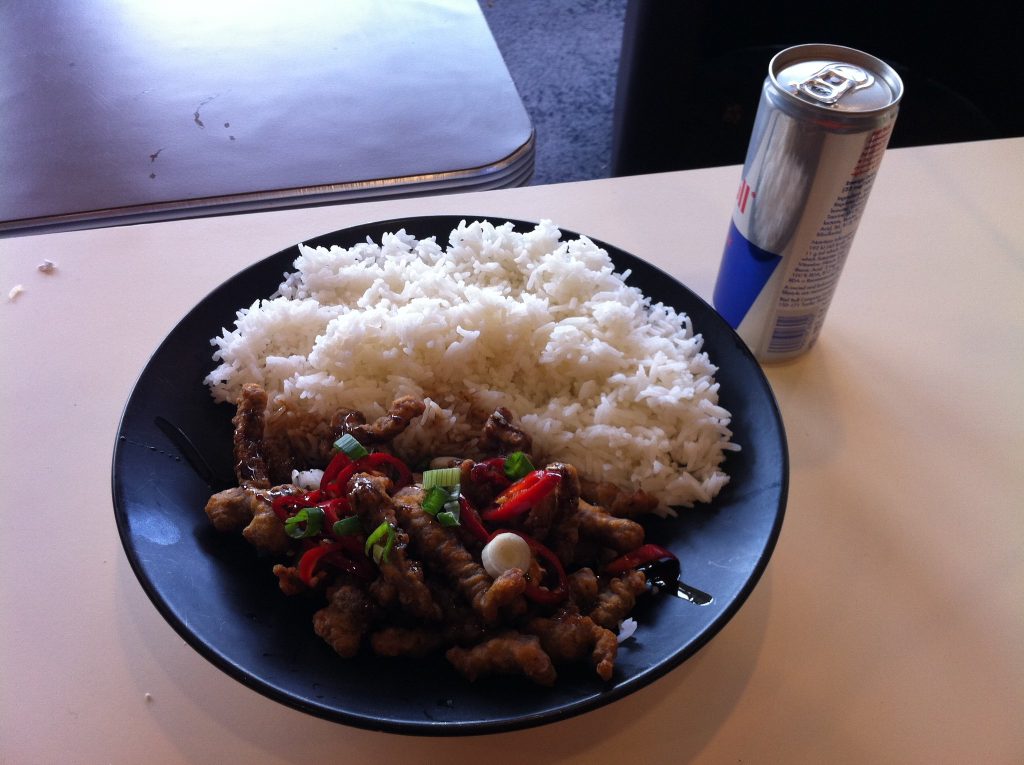Meet the Korean Halloween!
If you are a fan of Halloween, you’ll be glad to know you can still enjoy it around the world! If you are planning to visit Korea on January 15, you’ll see people on the streets dressed up in ghost costumes. This is because, according to the lunar calendar, this is 정월대보름 (the Big Moon of the First Month), an equivalent to Halloween! During this special date, Koreans carry out a lot of activities to chase ghosts away, thank the spirits for the past harvest and pray for success in the coming year. Keep on reading and find out more about the Korean “Halloween” and how it’s celebrated!
The Moon Ritual

Table of Contents
Photo by Republic of Korea via Flickr
The lunar calendar marks the fifteenth of a month as a full moon day (also called 정월대보름), a very special event for Koreans. In the past, people used to go to a nearby mountain or hill to make wishes to the moon. As this was an agricultural society, most people were farmers and needed a good harvest to survive. So, they wished for rich harvests to the two rabbits that (they believed) lived on the moon. This ritual is still carried out today, although the wishes may vary.
Chasing Mice
쥐불놀이 or Jwibulnori is a ritual carried out by children on this special evening. They are given a big ring made of steel and warm it on the fire. Then, they run around their neighborhood to chase mice using those heated rings, as they believe that ghosts inhabit these animals and become hostile towards human beings.
Music Play

Photo by Republic of Korea via Flickr
If you love Korean music and would like to have a whole new experience, you’ll definitely enjoy ‘풍악놀이 (Pungagnori). This is a traditional music play for adults that takes place every First Moon Festival. As shown in the picture, the music players wear traditional costumes for the event and play traditional instruments called janggu. Meanwhile, people dance to the rhythm of this lively music while they wish for a rich harvest in the coming fall.
Have a Taste of the Most Delicious Food!
The Korean Halloween is a great opportunity to taste the most delicious Korean cuisine. Let’s take a look at some of the options you can discover:
1. 오곡밥 /o-gog-bbab/ or Five-Grain Rice
This dish is made of glutinous rice, black bean, red bean, sorghum, and glutinous millet. While this may seem like an odd combination, these ingredients are representative of the main grains cultivated in old Korea.
2. 부럼Bureom (Nuts)
It’s also very common to eat these nuts (in Korean 부럼 /bu-reom/ or 견과류 /gyeon-gwa-ryu/) in the morning, praying to have a new year without health problems. Plus, it is believed that eating these nuts makes their teeth stronger.
3. 나물Namul (Season Vegetables)
Have a taste of this vegetarian dish named 나물 (Namul) or “Seasoned Vegetables”. It consists of dried vegetables with 3 different colors (white, green, and dark brown). In ancient Korea, this festivity marked the coming of the good weather. This meant that people no longer had to store their dried vegetables, as they would harvest new ones very soon. So, they would prepare Namul with green onion, garlic, sesame oil, and soy sauce to celebrate the past harvest and to pray the new one is not affected by extreme heat in the coming year.
The Korean First Moon Festival is definitely a unique event you cannot miss if you ever travel to Korea in January. You’ll not only get to taste mouth-watering food, but you’ll also get to understand the meaning of centenary ceremonies and rituals. Just make sure to learn some Korean before your trip to truly take part in these celebrations and to connect with locals on a whole new level!
Have you ever taken part in a festival abroad? Let us know more about your experience in the comments section!



